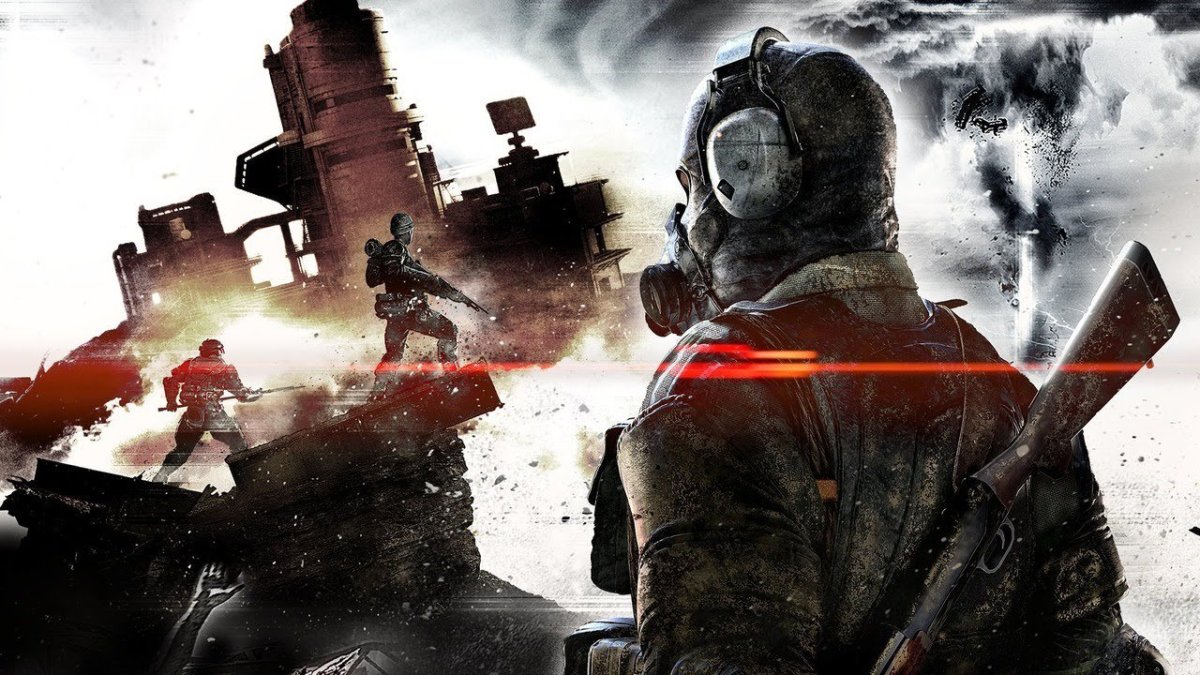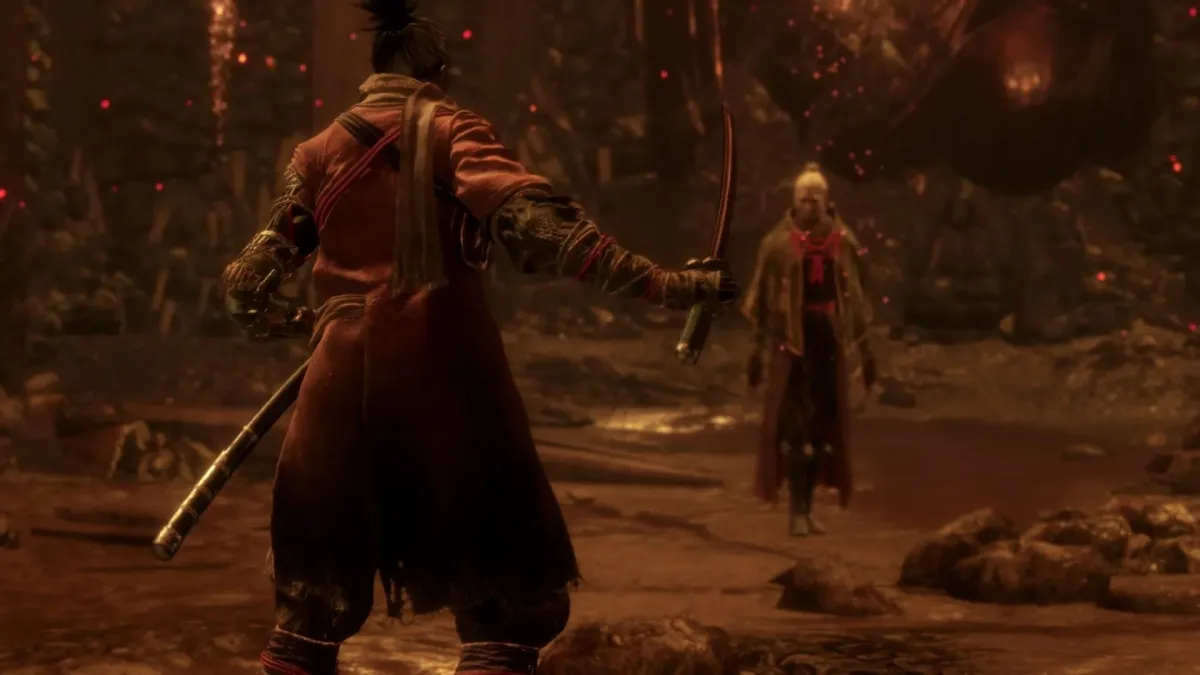A tale of two games
I’ve been playing Metal Gear Survive this past week, and when you take away the (mortal) sins of always-online and microtransactions, which is no small feat, I’m conflicted. I see what the team was going for, it just comes up short and tries to shove way too many mechanics into one bursting pipeline on top of an attempt to tell a clandestine Metal Gear story.
I appreciate the complexity; I really do. But when much of it is either useless or pointless, it adds up.

Metal Gear Survive (PC, PS4 [reviewed], Xbox One)
Developer: Konami
Publisher: Konami
Released: February 20, 2018
MSRP: $39.99
Metal Gear Survive has so much busywork and I can’t understand why the team felt the need to cram in everything they did. You have meters on top of meters on top of meters, and most of them don’t matter outside of hunger. If you waltz into a dust bowl you need oxygen — which can be quickly replenished at a whim with the game’s main currency. That’s easy. If you require water, you can just use one of the many dirty H20 sources scattered about the game (or the pond right near your base) and clean it with a campfire upgrade not too long after the story’s start.
But food, especially early on in the game, is much tougher to come by. Typically you’ll get “side missions” for food sources on your map and they’ll end up being a few scant deer or sheep, which is enough to load you up for 15 minutes or so. Very frequently I’d find myself questing out in the wilderness, wanting to press on were it not for my hunger meter dropping. If I didn’t acquiesce by heading back to base I’d suffer a slow death, erasing all progress since my last save.
I’m used to roguelikes and survival games, but those are often designed with pacing in mind, not packed with survival elements for the sake of it. Is Survive also an adventure game with bits of exploration? Absolutely. Some of its zones are quite complex and worth checking out, but much of the main map you traverse to get to those locations is so barren and lifeless that it doesn’t actually facilitate any of its concepts or push the player along in any meaningful fashion. If it had chosen to be a hardcore unforgiving survival game I would have enjoyed it so much more but as-is the hunger and thirst meters were a mistake and could have been consolidated.
Another big gripe — why does everything need to be crafted? Using a weapon with ammo is a chore, as you’ll need to manually craft ammo to replenish it. Getting the materials isn’t so bad, especially mid or late-game, but it’s tedious to have to grab every single pot and pan when you’re just trying to enjoy a story beat or a shootout. So many tricks could have been used by the developers to reach this end, like automatically replenishing your clip when visiting the base or having enemies drop ammo occasionally (which wouldn’t break theme in the already very arcadey co-op missions). And farms? As it turns out, mixing Metal Gear and The Martian and waiting an inordinate amount of time for a potato farm to be harvested isn’t very fun!
When you’re not fighting the true enemy — menus — progression can be really enjoyable. The feeling of getting each major unlock during the campaign is a rush, even when you’re dealing with the aforementioned muddled systems like the air tank. Unlocking something as simple as a new class skill is an accomplishment, and although bosses are few and far between, battling it out with them and the usual hordes of foes is a blast. The beautiful FOX Engine is the whipped cream on top.
In case you were curious, the game flow is mostly through completing solo story missions through two sandbox maps, earning upgrades along the way. If you want you can hop online for co-op, which typically involves protecting a mining machine and fending off enemies in a horde mode fashion. I’ve played quite a bit online since launch, though each match typically take a long time to fire up. I’m not sure if it’s the matchmaking portion or the playerbase, but sitting at three out of four players for ten minutes then having someone leave and start the whole process over is commonplace. Both modes are completely entwined, a concept I like in theory — but it quickly leads to players trying to blitz the myriad starting items for their own base.

The online component was more than playable, but Konami’s adherence to always-online would occasionally shut me down completely. Initially it was just a worry that it could happen and then it became a reality, as I lost progress — something that’s pretty unbelievable for a game that’s mostly single-player and just happens to be connected to an online infrastructure. The in-game premium coin currencies are also completely uncalled for, as the “daily login” currency bonuses are small and the asks are astronomical — I’m talking $10 boosts and $10 character slots. Bomberman Switch was Konami’s last major game and that had no microtransactions and tons of free content. What happened?
This whole affair has made me realize that perhaps these sort of premium minigames should be relegated to bonuses in major releases with real campaigns. Capcom tried to do the same thing with Resident Evil‘s Mercenaries and crashed and burned with their standalone 3DS release. Metal Gear Survive should have been a free-to-play game just like Grasshopper’s Let it Die or an actual Metal Gear release. It doesn’t accomplish either aim.
[This review is based on a retail build of the game provided by the publisher.]










Published: Feb 24, 2018 12:00 pm